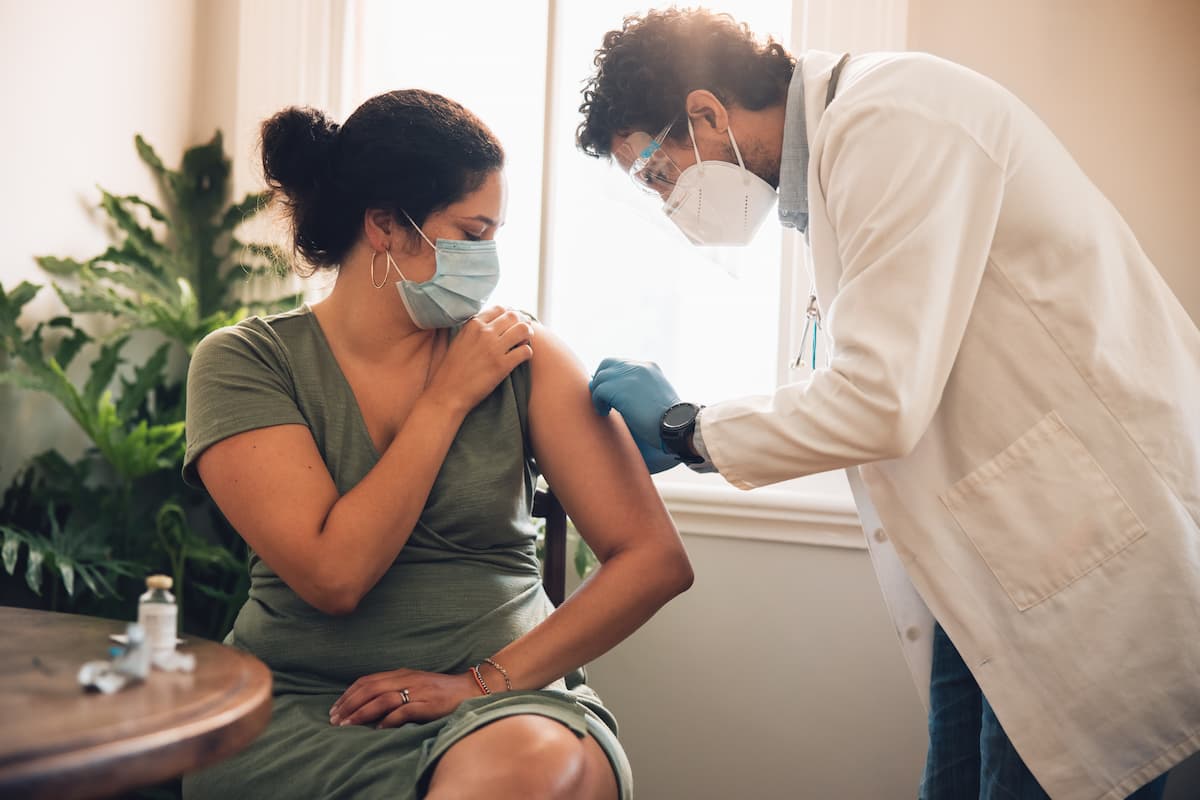News
Article
Single-Dose Malaria Vaccine Demonstrates 90% Efficacy in Early Trials
Author(s):
Key Takeaways
- PfSPZ-LARC2 vaccine offers 90% protection against malaria with a single dose, using genetically weakened parasites.
- Malaria significantly impacts global health, with high mortality rates, especially among children under five in Africa.
PfSPZ-LARC2 is a genetically engineered malaria vaccine that marks a significant step forward in combating malaria around the world.
Researchers from Sanaria and the Seattle Children’s Research Institute’s Center for Global Infectious Disease Research (CGIDR) developed PfSPZ-LARC2 (Sanaria), a novel, single-dose malaria vaccine. Data from a new study showed the vaccine provided 90% protection against controlled human malaria infection after a single injection.1
Mosquito | Image Credit: © mycteria - stock.adobe.com

Malaria is a life-threatening infectious disease that continues to have a significant impact on individuals around the world. In 2023, there were 263 million cases and nearly 600,000 deaths associated with malaria infection, of which most were under the age of 5. This equates to approximately 76% of all deaths in the African region. Malaria is preventable and curable with treatment often including vaccination, reducing exposure to mosquitoes, or use of medicines to prevent mild cases from worsening. If left untreated, it can progress to severe illness and death within 24 hours.1,2
Mild symptoms of malaria often include fever, headache, and chills, whereas severe cases may cause extreme tiredness and fatigue, impaired consciousness, convulsions, difficulty breathing, jaundice, or abnormal bleeding. Symptoms of the infection typically start 10 to 15 days after being bitten by an infected mosquito.3
As of February 2025, there are 2 recommended malaria vaccines for use in children living in moderate to high transmission areas; however, these vaccines only yield a reduction in uncomplicated malaria of approximately 40%, severe malaria by about 30%, and all-cause mortality by 13%. Despite being in development since the 1960s, manufacturing for malaria vaccines and vaccines directed toward parasites is extremely complicated. It wasn’t until October 16, 2021, when the World Health Organization approved and recommended use of the RTS,S/AS01 malaria vaccine for administration in children in sub-Saharan Africa, which was followed 2 years later by the R21/Matrix-M vaccine for use in malaria-endemic countries.3
Late liver stage-Arresting and Replication-Competent (LARC) refers to genetically weakened parasites that replicate in the liver but stop progressing before reaching the blood stage. This ensures that vaccine recipients remain safe, symptom-free, and protected from malaria. Researchers achieved this by using advanced genetic engineering to delete 2 key parasite genes, Mei2 and LINUP, from the Plasmodium falciparum genome. These deletions allow the parasites to replicate in the liver while preventing their transition to the blood stage.1
This dual-gene deletion strategy builds on previous work with PfSPZ-LARC1, which involved deleting only the Mei2 gene. By also removing LINUP, researchers enhanced the vaccine’s safety, making LARC2 a strong candidate for broader use.1
“Getting to this point hasn’t been easy,” Stephen Hoffman, MD, MD, CEO of biotechnology company Sanaria, told Malaria No More. “Developing a highly protective, cost-effective malaria vaccine is something we’ve been working on for nearly 2 decades. Together with researchers at [CGIDR], we used genetic engineering to develop PfSPZ-LARC2 vaccine, which is uniquely able to replicate (multiply) in the liver without developing to the parasite stages that causes malaria symptoms and pathology and transmit malaria parasites to mosquitoes.”4
The success of targeting the Mei2 gene supports the use of genetically weakened parasites to yield high levels of immunity in individuals at high risk of malaria exposure as well as infection. Continued clinical trials for PfSPZ-LARC2 are to continue in 2025 to assess the vaccine’s safety and efficacy across diverse populations.1
REFERENCES
1. A single-dose breakthrough: PfSPZ-LARC vaccines offer transformative protection against malaria. News Release. February 12, 2025. Accessed February 20, 2025. https://www.eurekalert.org/news-releases/1073431
2. Malaria. World Health Organization. December 11, 2024. Accessed February 20, 2025. https://www.who.int/news-room/fact-sheets/detail/malaria#:~:text=Malaria%20is%20a%20life%2Dthreatening,be%20mild%20or%20life%2Dthreatening
3. Malaria vaccines. CDC. April 2, 2024. Accessed February 20, 2025. https://www.cdc.gov/malaria/php/public-health-strategy/malaria-vaccines.html
4. Malaria Know More: A discussion with Sanaria CEO, Dr. Stephen L. Hoffman, on developing a potentially groundbreaking single-dose malaria vaccine. Malaria No More. February 14, 2025. Accessed February 20, 2025. https://www.malarianomore.org/news/blog/malaria-know-more-a-discussion-with-sanaria-ceo-dr-stephen-l-hoffman-on-developing-a-potentially-groundbreaking-single-dose-malaria-vaccine/
Newsletter
Stay informed on drug updates, treatment guidelines, and pharmacy practice trends—subscribe to Pharmacy Times for weekly clinical insights.






